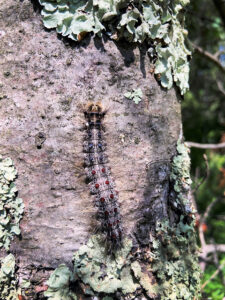By Art Kabelowsky, DNR Outreach and Communications
Arthur.Kabelowsky@wisconsin.gov or 608-335-0167
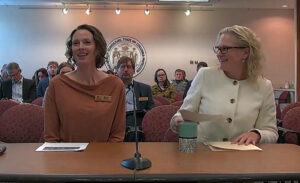
Wisconsin Department of Natural Resources Forest Health team leader Becky Gray (left) and Department of Agriculture, Trade and Consumer Protection Pest Survey and Control Section manager Renee Pinski appear before the Natural Resources Board to discuss tree and forest health issues on Nov. 13, 2025. / Photo Credit: Wisconsin DNR
The spirit of interagency communication was on display during a joint meeting of the Wisconsin Natural Resources Board (NRB) and the Wisconsin Board of Agriculture, Trade and Consumer Protection (Ag Board) on Nov. 13.
The seven-member NRB is the governing body of the Wisconsin Department of Natural Resources (DNR); the nine-member Ag Board governs the Wisconsin Department of Agriculture, Trade and Consumer Protection (DATCP). Each board sets policies and rules to be followed and enforced by its respective agencies. Members of both boards are appointed by the governor and confirmed by the Wisconsin State Senate.
Continue reading “DNR, DATCP Teams Exemplify Interagency Teamwork”

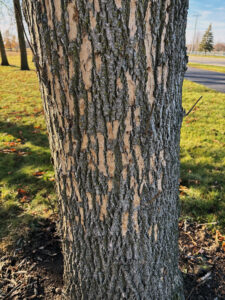
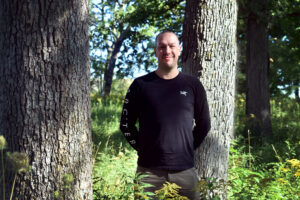

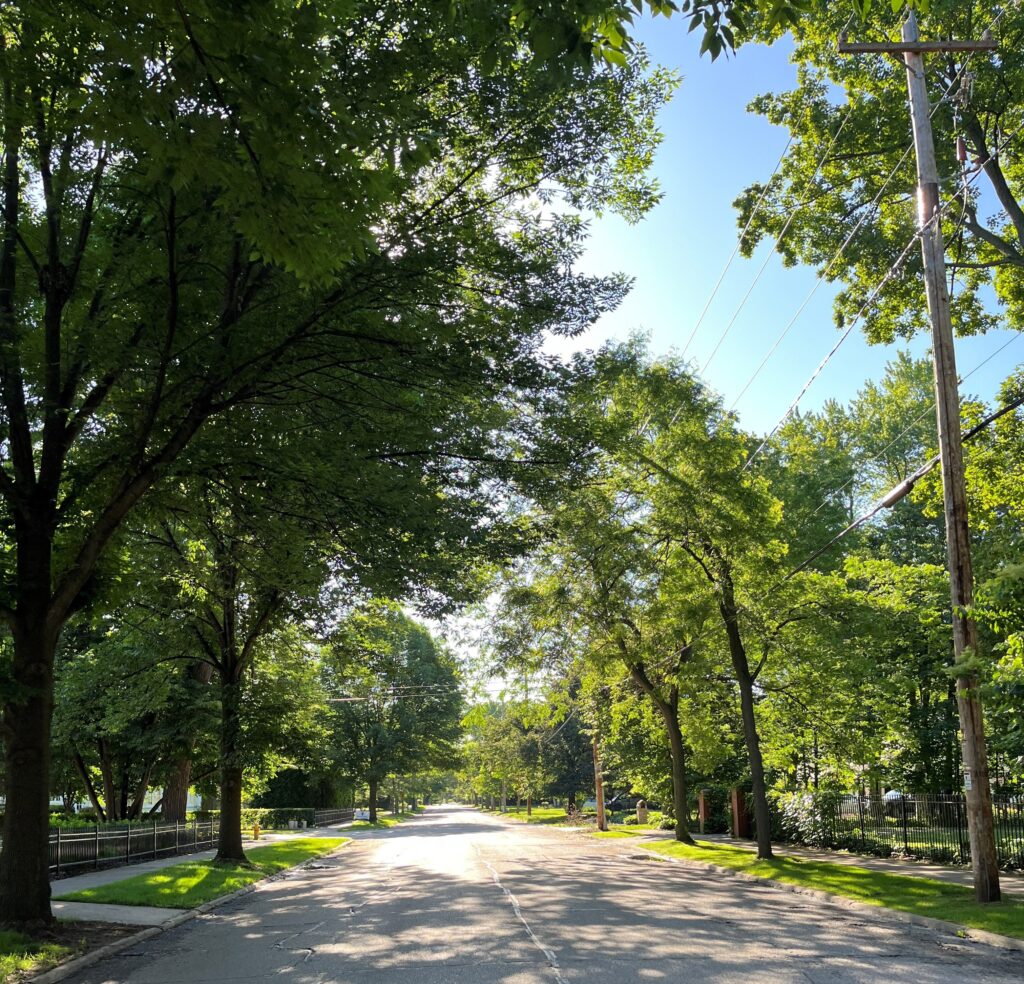 The 2026 Urban Forestry Grant application deadline was Oct. 1, 2025, and the Wisconsin Department of Natural Resources (DNR) received 71 applications, equaling over $1.1 million in funding requests. A total of $559,680 is available in grant funding for 2026.
The 2026 Urban Forestry Grant application deadline was Oct. 1, 2025, and the Wisconsin Department of Natural Resources (DNR) received 71 applications, equaling over $1.1 million in funding requests. A total of $559,680 is available in grant funding for 2026. Reliable and up-to-date research-based information is vital for tree care professionals and urban foresters to make sound, scientific management decisions. To make trusted resources more accessible, UW-Extension’s
Reliable and up-to-date research-based information is vital for tree care professionals and urban foresters to make sound, scientific management decisions. To make trusted resources more accessible, UW-Extension’s  The Wisconsin Department of Natural Resources (DNR) is offering free tree seedlings to every fourth-grade student in Wisconsin as part of its annual
The Wisconsin Department of Natural Resources (DNR) is offering free tree seedlings to every fourth-grade student in Wisconsin as part of its annual 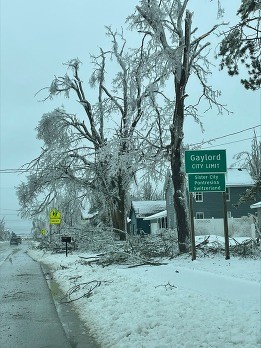
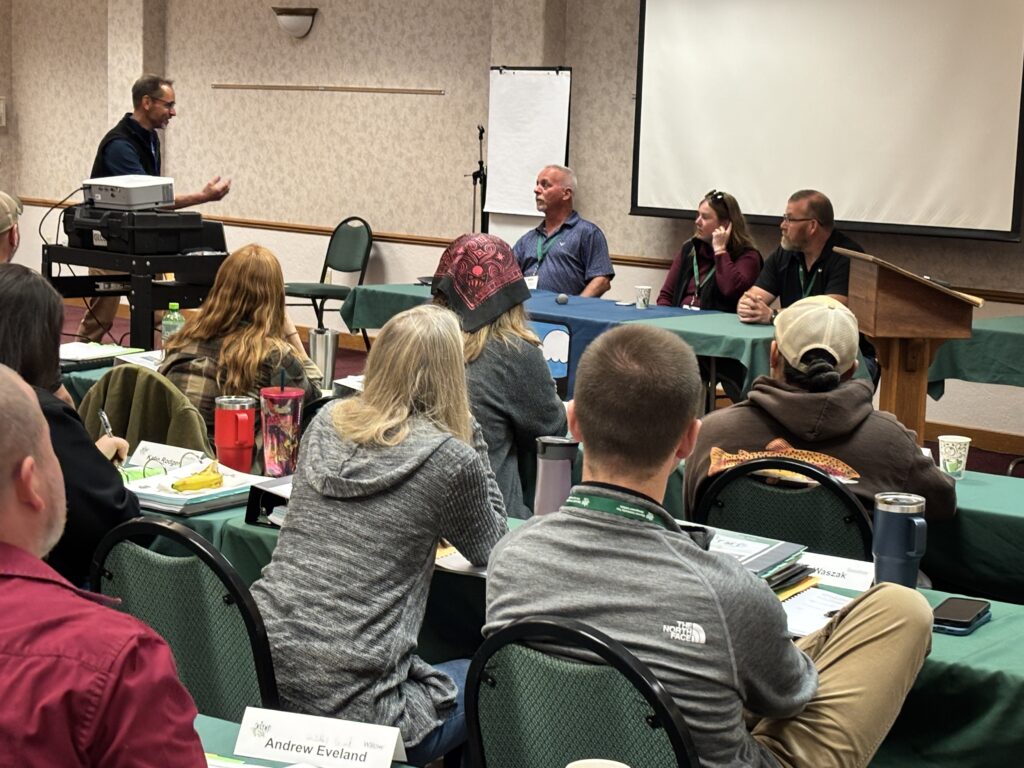 *These training opportunities are provided as an information service only and do not constitute an endorsement from the Wisconsin Department of Natural Resources (DNR).
*These training opportunities are provided as an information service only and do not constitute an endorsement from the Wisconsin Department of Natural Resources (DNR).